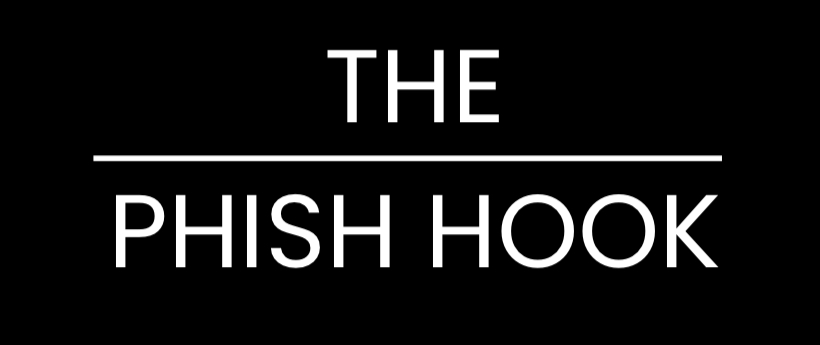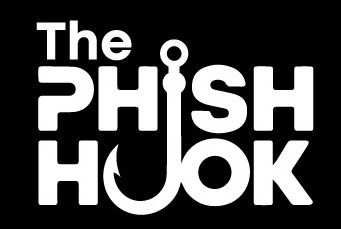Google issues emergency update for a critical Chrome zero-day vulnerability under active exploitation. Learn what’s affected, how to update, and why it matters.
⚠️ Google Fixes High-Severity Chrome Zero-Day in June 2025
Google has released an urgent security patch for a critical zero-day vulnerability in the Chrome browser, which was actively exploited in the wild prior to the update. Tracked as CVE-2025-32107, the flaw affects the Chrome V8 JavaScript engine and allows remote code execution on vulnerable systems.
The emergency update is part of Chrome’s June 2025 security release and affects Windows, macOS, and Linux platforms.
🛠️ What Is CVE-2025-32107?
CVE-2025-32107 is a type confusion vulnerability in V8 that could enable attackers to run arbitrary code on a user’s machine if the user visits a malicious website. Google has confirmed that this zero-day has already been exploited in targeted attacks, although specific threat actor attribution has not been made public.
🔄 How to Stay Protected
To ensure you are protected:
- Update Chrome immediately to the latest version (go to: Settings > About Chrome > Update).
- Restart your browser after updating to apply the patch.
- Enable auto-updates for Chrome across your organization.
- Use browser isolation tools for high-risk environments.
- Educate users to avoid clicking suspicious links or downloading unknown files.
🔐 The Bigger Picture
This marks Google’s third Chrome zero-day of 2025, highlighting the continued targeting of browsers by sophisticated attackers. With browsers serving as a gateway to enterprise systems and personal data, rapid patching and user awareness are essential components of cybersecurity hygiene.
Keywords: Chrome zero-day 2025, CVE-2025-32107, Google Chrome update, critical Chrome vulnerability, Chrome remote code execution, Chrome security patch June 2025, Chrome exploit fix, how to update Chrome



